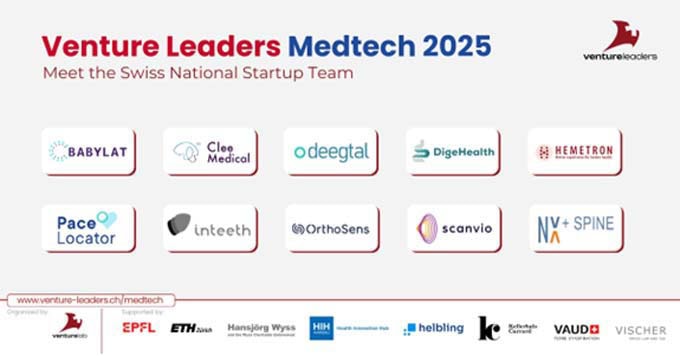SCRUM and mobile-flexible working - a contradiction?
Many companies will have to face agile software development in distributed teams in the future. The author highlights some of the challenges of the next generation of project management in practice and shows approaches to solutions.

Agile software development is an approach that increases transparency and flexibility. It is as simple and step-by-step as possible: self-organized teams proceed iteratively and incrementally and adapt to changes without increasing the risk of errors. SCRUM is based on the experience that many development projects are too complex to be summarized in a fully comprehensive plan. The advantages of this approach: The risks in the development process are minimized and cost and time savings are achieved.
This trend is contrasted by the strong increase in outsourcing in the IT industry. Distributed teams occur in companies within Switzerland as well as in nearshoring. They arise because know-how is not available locally or because it can be obtained more cheaply elsewhere. Consequently, questions arise: How do distance and close collaboration fit together and is the use of SCRUM and distributed teams even contradictory?
Challenges and solutions for practice
If nearshoring is a component of virtual teams, the question of the organizational structure arises: Does the company want to establish its own branch office or does it want to rely on existing offers of local companies? Of course, a combination of both options is also possible. If the company decides to set up its own branch office, this requires adjustments to all relevant company processes. Communication with the near shoring team must be established, which may mean changing the company language into a project language. Likewise, the development of hardware and software with a communication platform is carried out in various forms. Another challenge is the experience of the team with SCRUM. It is ideal if the team has a certain amount of experience or at least know-how in SCRUM. Prior SCRUM training for all project participants is therefore mandatory.
Technical requirements and communication: building blocks for good work results
Due to the many and varied SCRUM team meetings, the technical support of communication becomes very important. With the use of a video conferencing system based on a stable IT solution, it is possible to focus directly on the people, the communication and the results and to increase the efficiency of the work process.
Elegantly pack linguistic hurdles into competence enhancement
The customer's requirements are usually recorded in the local language and must be translated into the project language for distributed teams. The foreign-language teams in turn interpret these in the respective national language and implement them according to their understanding. Since the areas of expertise are usually mixed with the client's business, the team members must also be trained in this, in the project language. In this way, the competencies of everyone in the team are expanded.
Different cultures demand respect, trust and good communication
Virtual teams must meet regularly in person, face-to-face. In joint project weeks with training, project work and at social events, personal relationships develop despite different cultures. This is how respect and trust grow as a good basis for working together. Project successes arise when the individual work results are aligned with the goal along the entire value-added process.
Momentum in self-organized teams
Contrary to the Swiss culture, members of near-shoring teams can still be characterized by a strongly hierarchical way of thinking. If a member of a self-organized SCRUM development team takes on a leadership role, this can mean that the results do not match the specified software architecture. In this case, it is helpful to have fixed specifications regarding the target architecture, to agree on the contact times of the various team members, and to establish rules of conduct for deadlines. Slowly, self-responsibility can be built up and "coached" by means of guidelines and standards.
Effective management - a new role for the SCRUM Master
In the distributed team, the SCRUM master plays a key role. He has to make sure that the team and the results are right. Ideal; if his role is combined with that of the nearshore manager, which is not common, but quite effective. The more dynamic and flexible his team works spread around the world, the more some management rules help. He must:
- Establish structures and rules for the cooperation of the teams
- Set clear agendas for all meetings (have them set) and request a written summary afterwards
- Establish fair time-zone rotations
- Build trust and self-confidence and personal relationships
- Eliminate language difficulties and promote a culture of questioning
SCRUM in distributed teams - a conclusion
At first glance, constellations of distributed teams seem to contradict SCRUM. It seems obvious that a well-rehearsed team sitting in one room is much more productive than in other types of collaboration. Yet SCRUM does not contradict this. On the contrary, SCRUM can help to reduce the difficulties of virtual teams. Often SC-RUM is seen as a software development method. But precisely formulated: SCRUM does not show how software is to be developed, but how a team should organize itself. SCRUM is in the true sense a management framework, which pursues the team-centered goal of creating customer-oriented and iterative products. And, SCRUM does not reduce the complexity of the task, but structures it into smaller and less complex components. The use of SCRUM is a mandatory prerequisite for distributed teams to be able to work together successfully at all.









